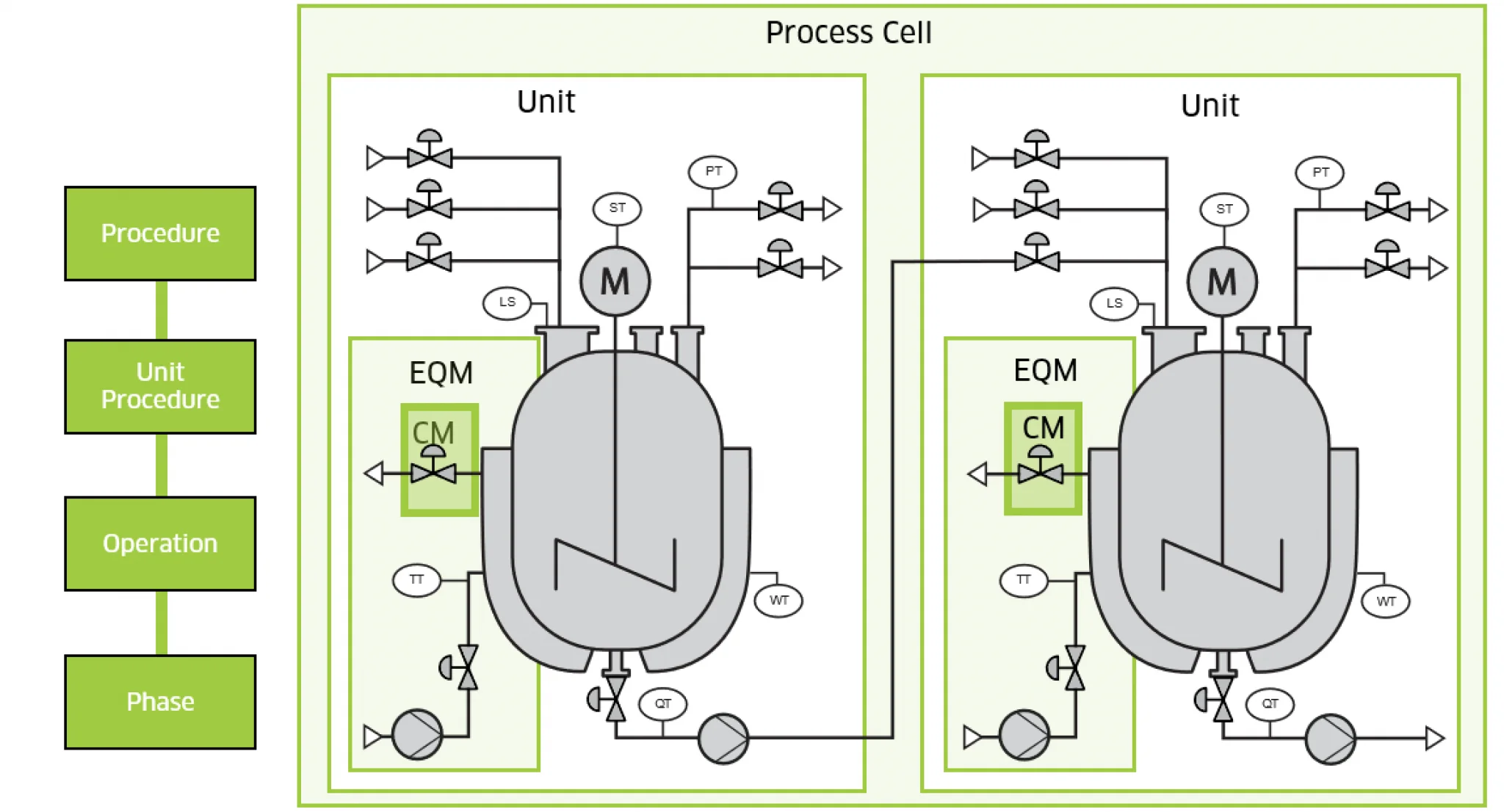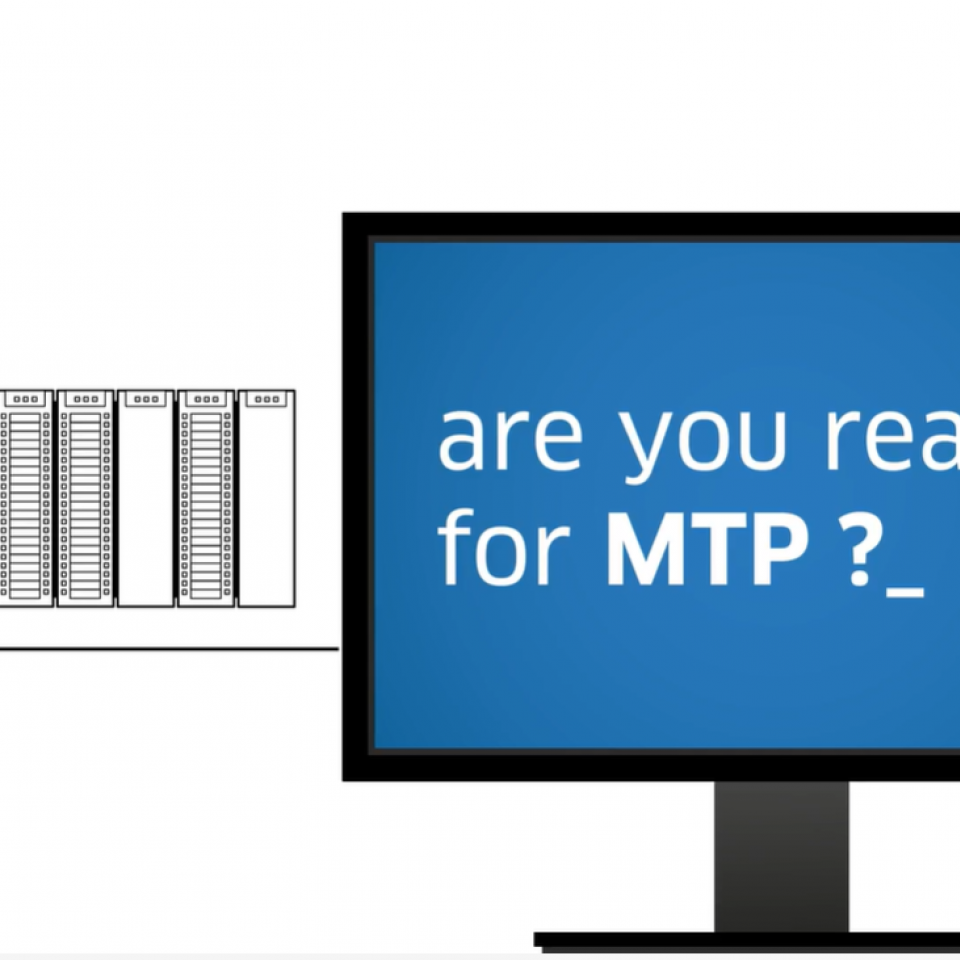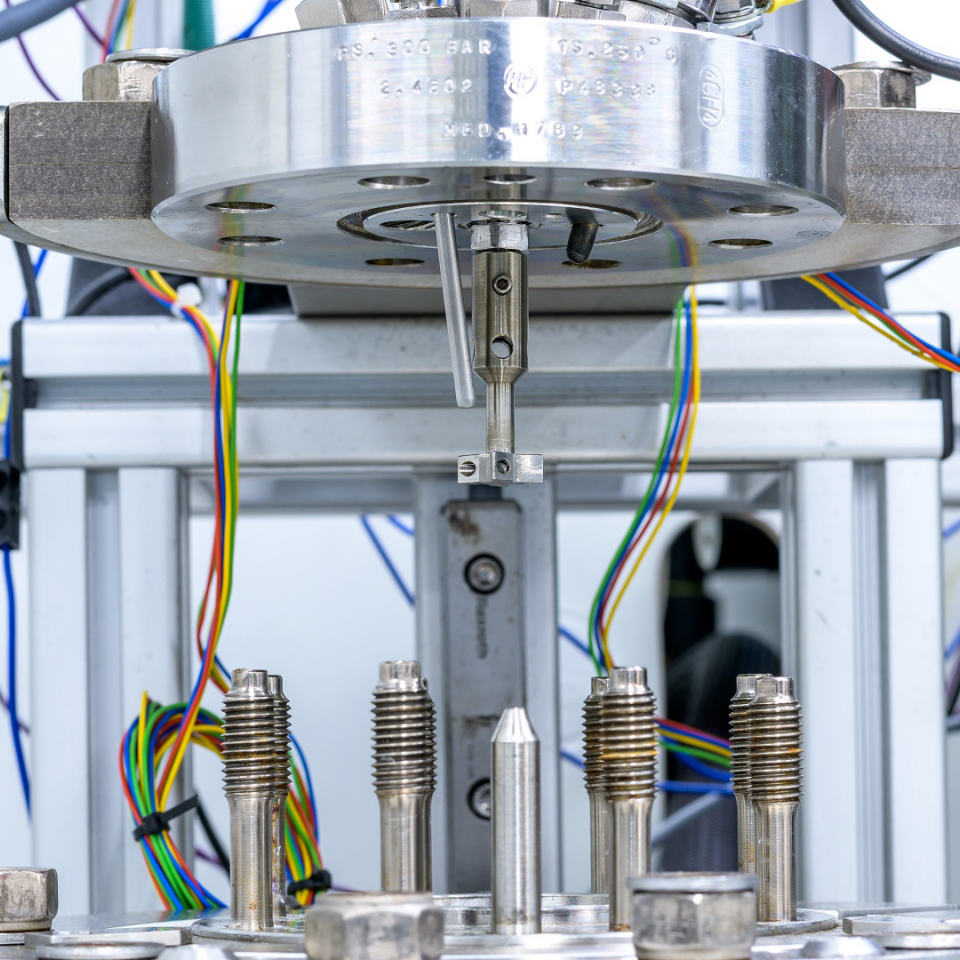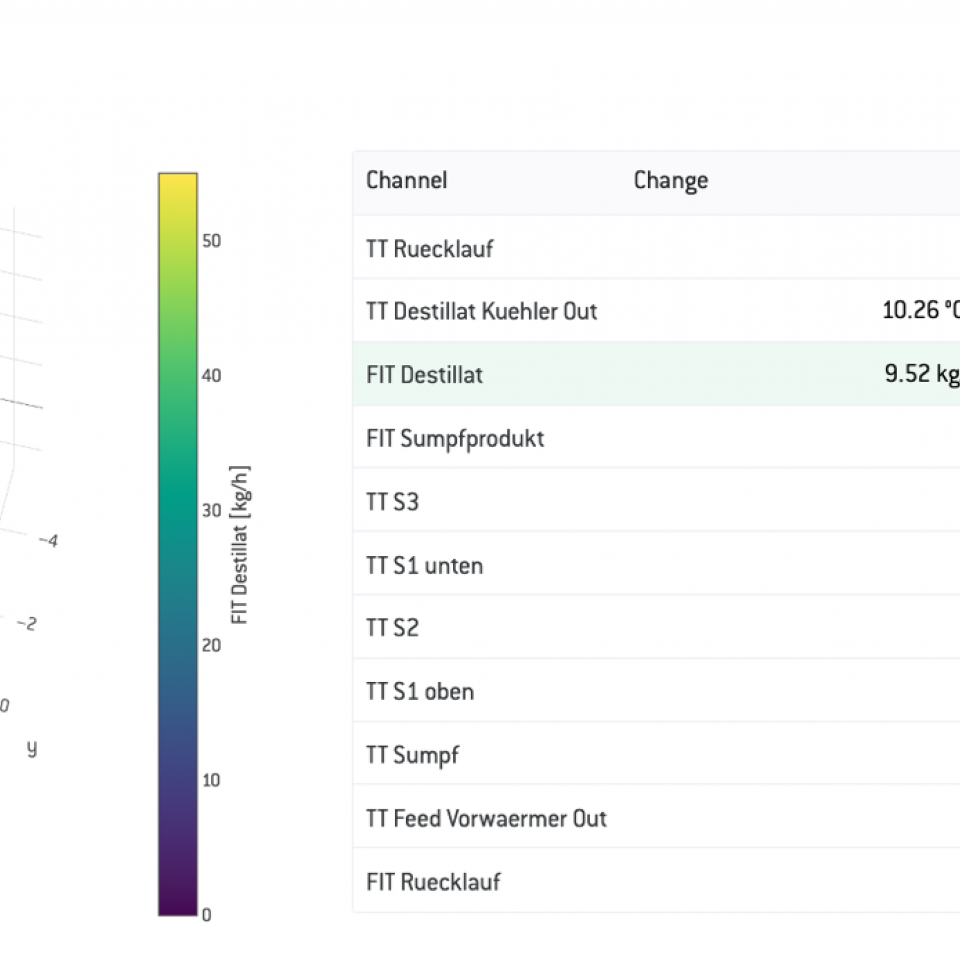Industrial process automation according to ISA-88 standard
A standardized procedure provides orientation and helps to automate production systems.
ControlTech Engineering AG from Liestal has customers from various industries. A standardized concept for automated production helps all CTE departments and everyone involved to develop the same understanding.
Brief overview
added value for our customers:




